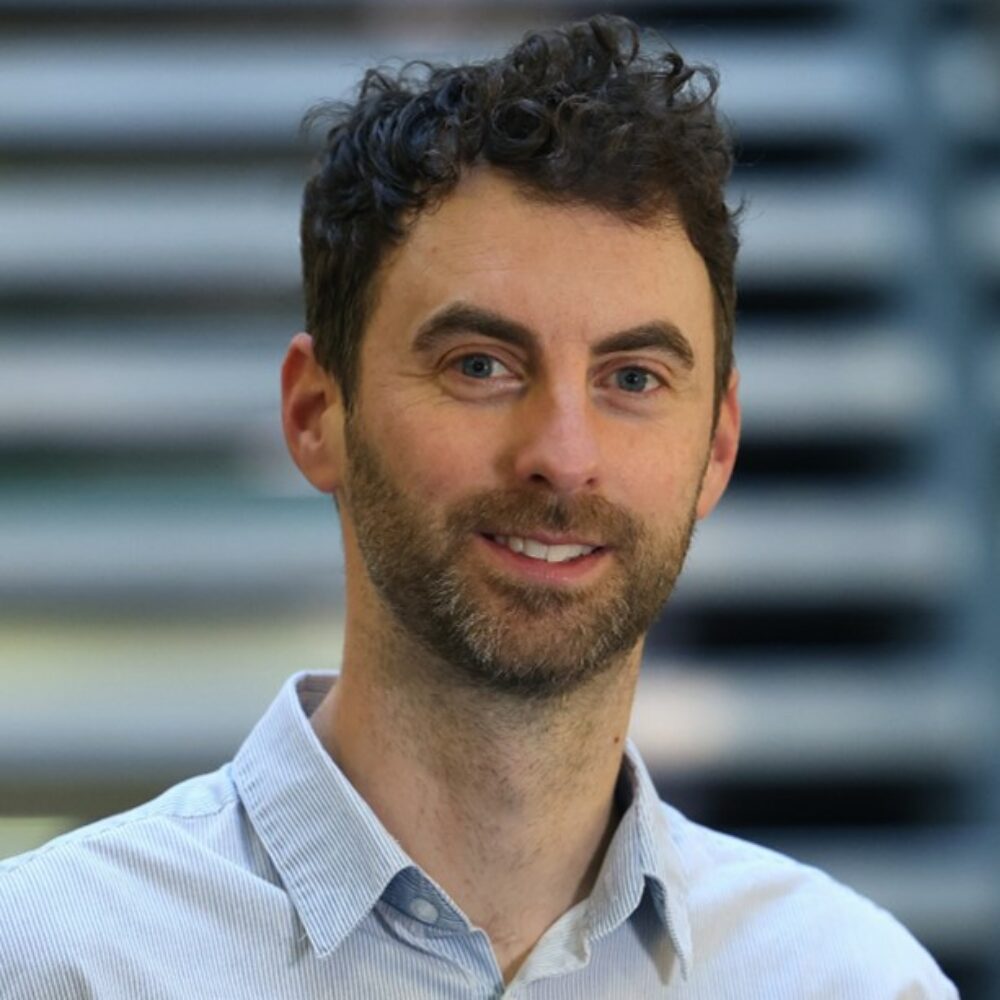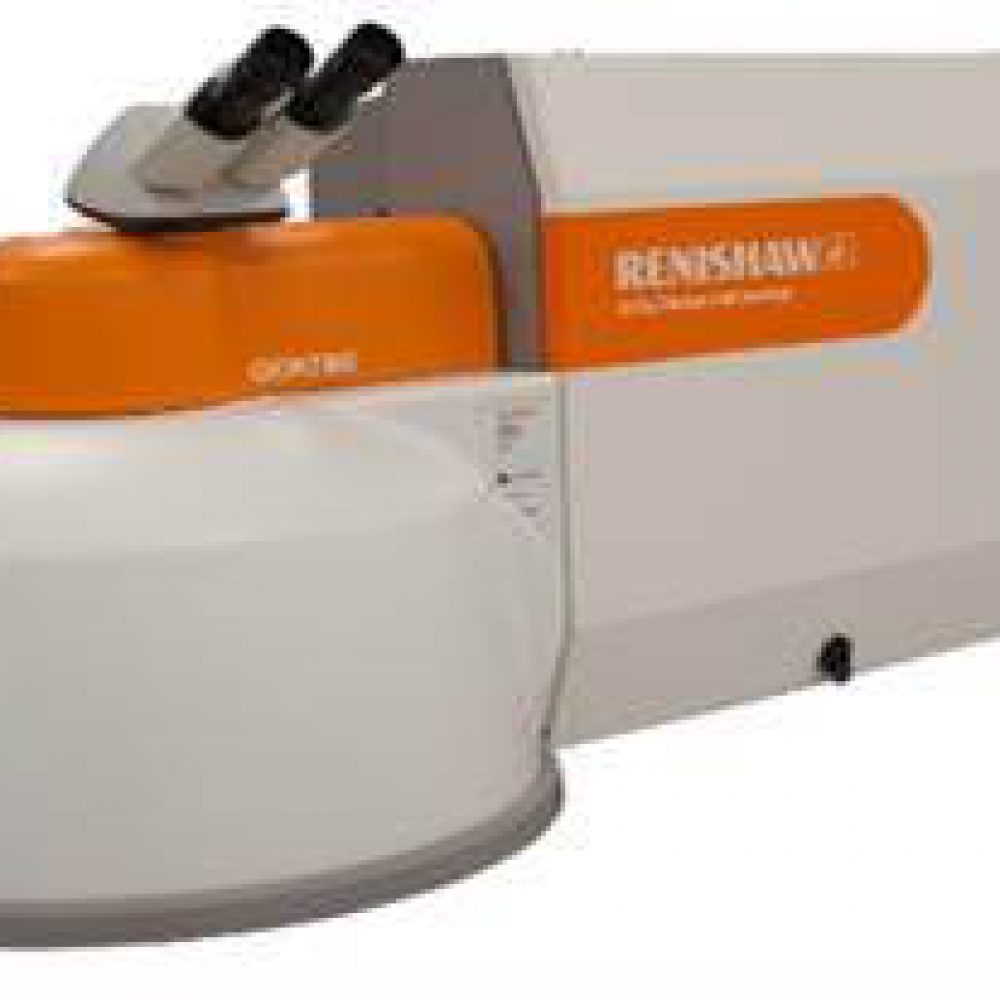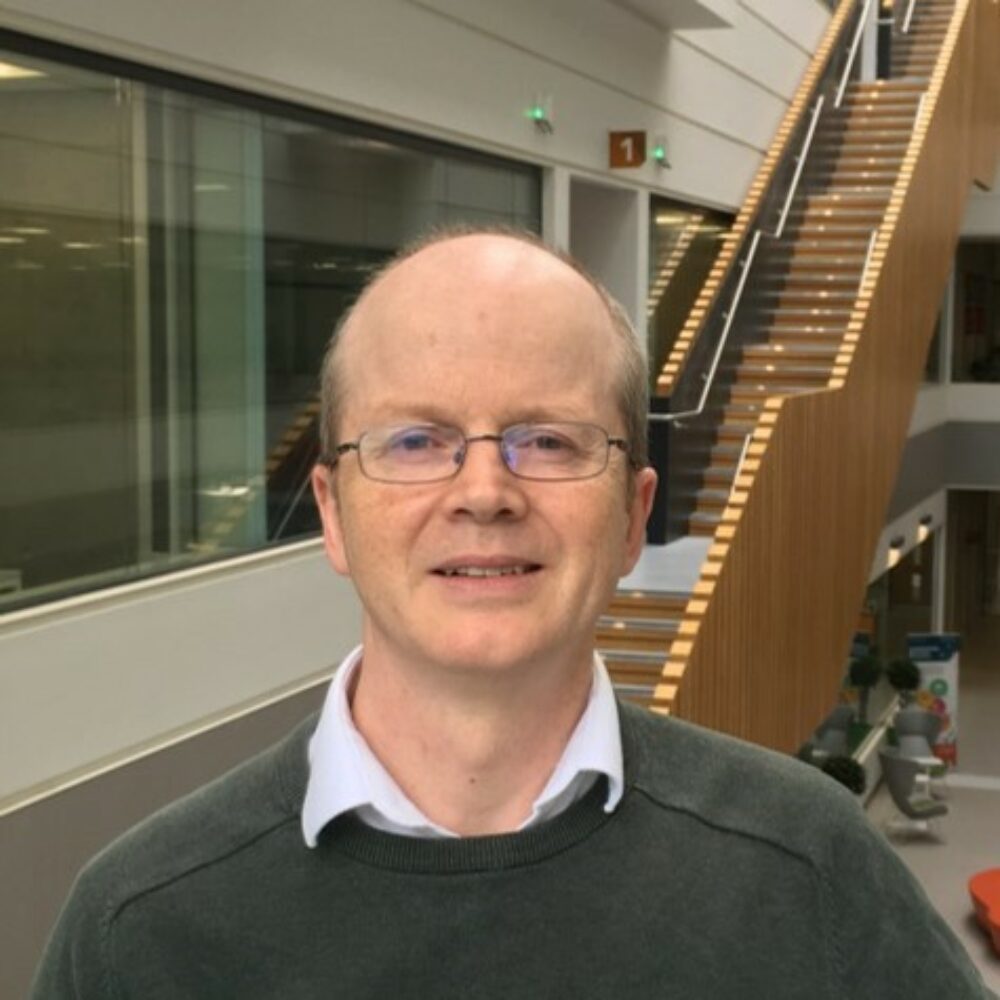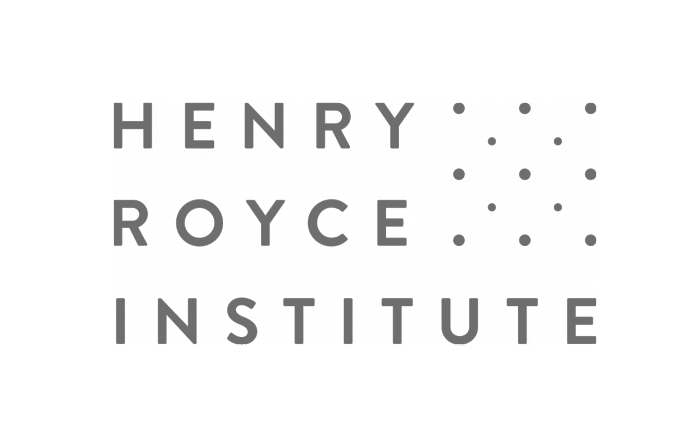This website uses cookies so that we can provide you with the best user experience possible. Cookie information is stored in your browser and performs functions such as recognising you when you return to our website and helping our team to understand which sections of the website you find most interesting and useful.
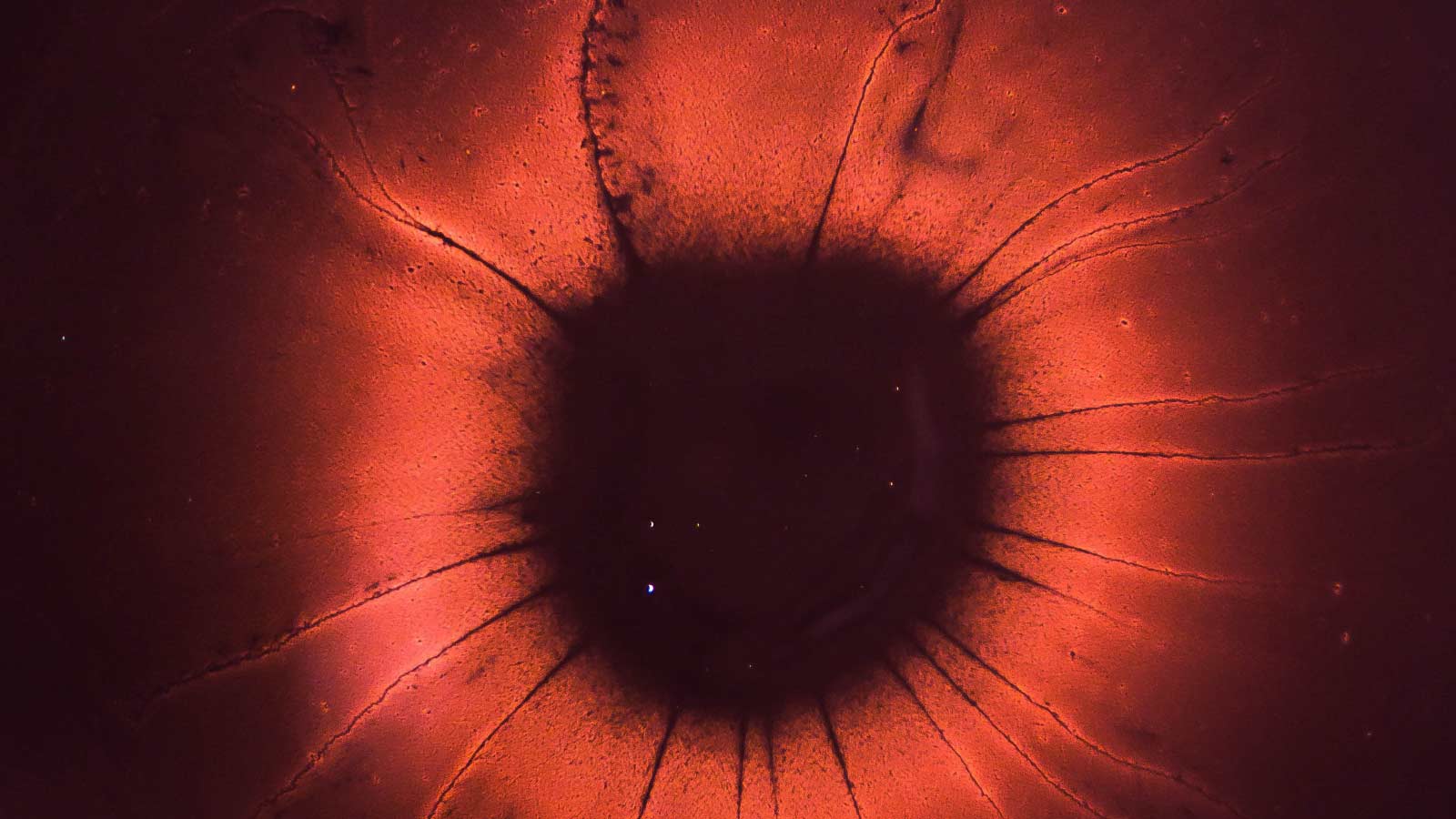
Research Area
Chemical Materials Design
Vision
The Chemical Materials Design Research Area aims to:
- Pioneer methods in computer aided design,
machine learning, and robotics for materials
design and characterisation. - Accelerate innovation in the discovery and
development of materials with desired
properties and minimal environmental impact. - Deliver faster and more sustainable synthetic
methods to chemical, catalytic and biological
materials.
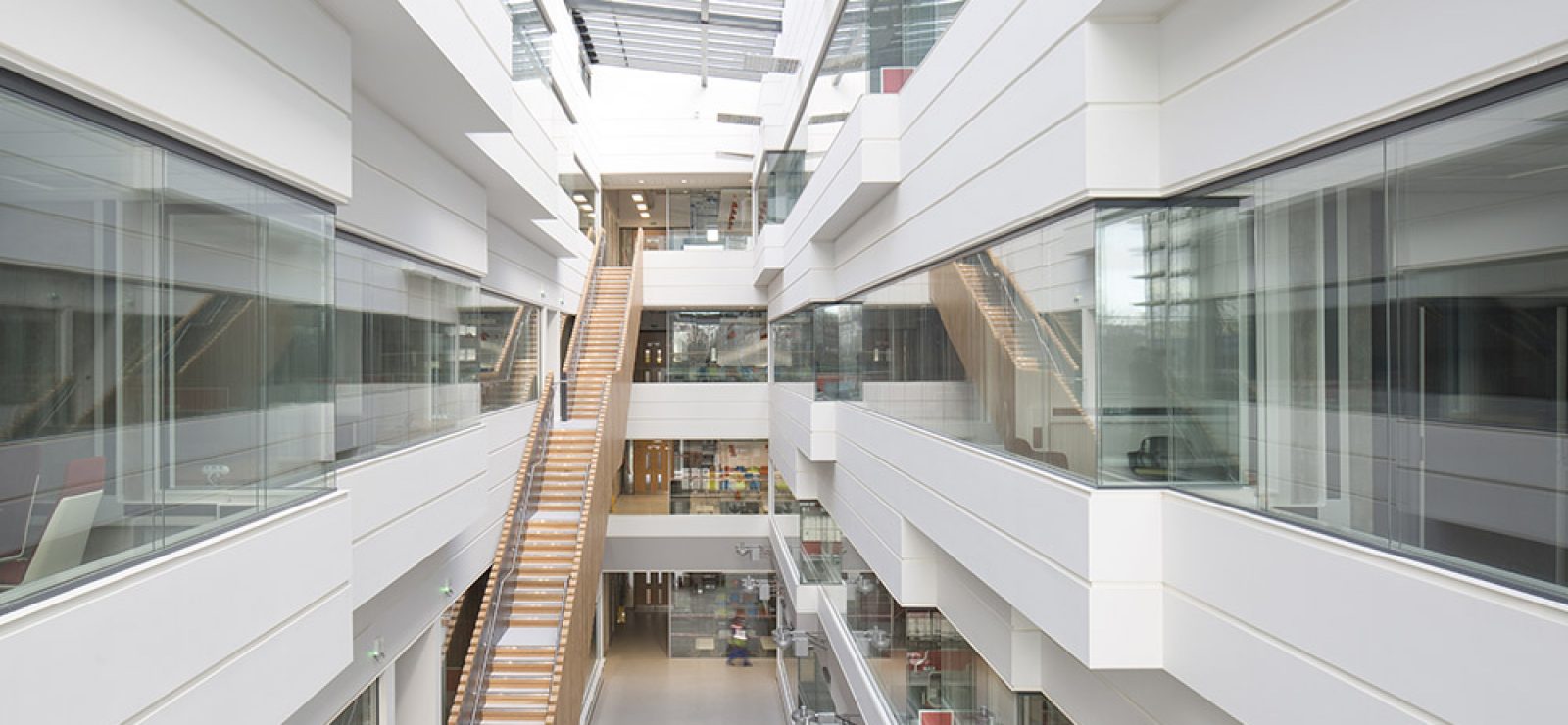
Watch Professor Andrew Cooper introduce the Chemical Materials Design Research Area.
/
/
The 11,600m2 Materials Innovation Factory is a unique and flexible space.
Introduction and Scope
New compositions of matter with tailored properties are of fundamental importance in solving critical issues in our time, from hydrogen production or catalyst design to polymer recycling.
The Royce platforms hosted within the Materials Innovation Factory (MIF) at the University of Liverpool focus on high-throughput discovery via a combination of in silico modelling, computational design, and machine learning techniques supported by autonomous make and measure platforms.
In Manchester, the focus is to discover and develop sustainable new materials by biomanufacturing, as well as sustainable polymers for a circular economy with minimal impact on the environment.
Our technology platforms can assist academia or industry in the speed and specificity of their research programs, and can give industry the confidence to “short-circuit” traditional TRL levels, leading to shorter times to market.
Current and Future Research
To facilitate and support the accelerated design of new materials for a competitive, zero-carbon, and agile UK industry we will:
- Develop Materials 4.0 methods for rapid materials design, make and measure
- Contribute to UK policy-making for Industry 4.0 for producing materials at scale
- Establish the Sustainable Materials Innovation Hub (SMI Hub) to assist companies in all stages of the
sustainable plastics agenda - Develop the next generation of materials exploiting synthetic biology
- Deliver materials for “More than Moore” devices
- Support industry in a post-COVID-19 economy
Links
The CMD area capabilities focus on rapid discovery and testing of small molecules, inorganic materials, polymers, and biomaterials at TRLs 1-2, with strong links to the High Value Manufacturing (HMVC) and Centre for Process Innovation (CPI), Catapults, Knowledge Centre for Materials Chemistry (KCMC) and Organic Materials Innovation Centre (OMIC) to translate our knowledge to larger scales as well as to other national initiatives such as the Circular Economy Centres.
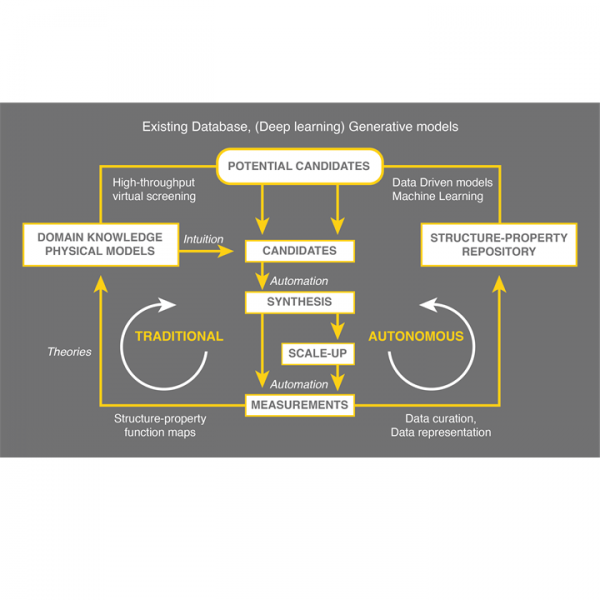
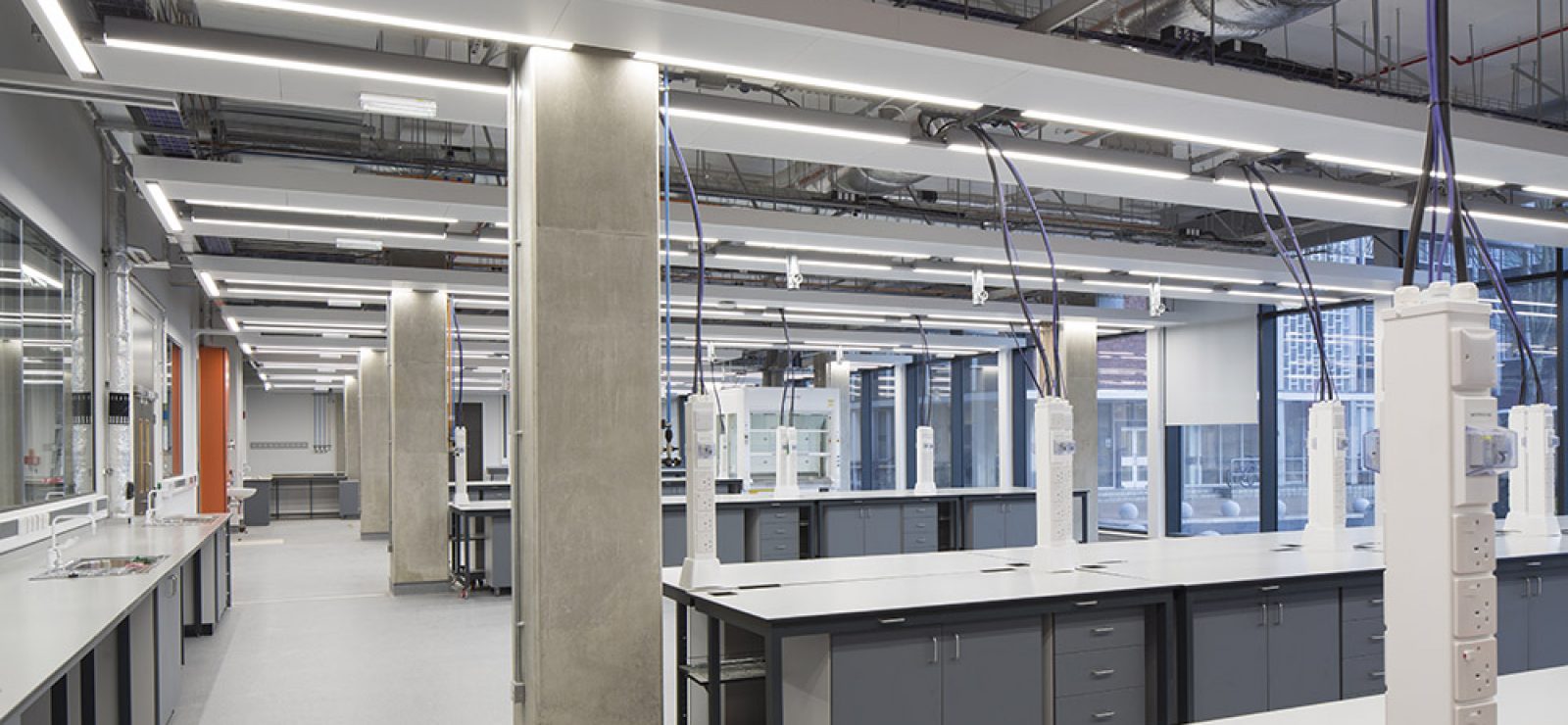
Fairhurst Design Group. MIF Building Liverpool - University of liverpool
Equipment & Facilities
The Materials Innovation Factory (MIF) is an innovation village of expertise and knowledge. It draws together world-leading research and technologies and hte seamless integration of computations and experimental models. With £10 million worth of measuring and testing instrumentation including the Open Access Area which houses one of the highest-concentration of materials science automation robotics in the world. Furthermore our simple to use scientific data management system (ParaDIME) securely stores the data in a searchable environment; a key requirement for 21st century materials chemistry design.

